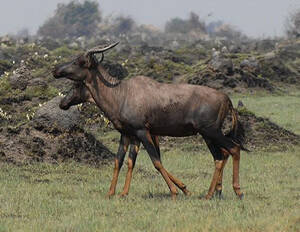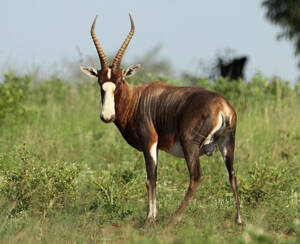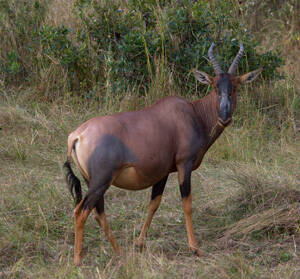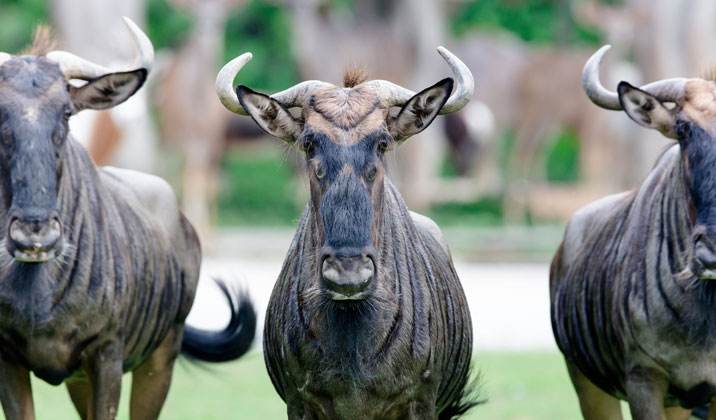
Bangweulu Lake Wildebeest (scientific name: Damaliscus superstes) is also known as Bangweulu Tsessebe in English. There is no subspecies.The Bangweulu Lake Wildebeest was once a subspecies of the Tsessebe. However, based on the differences in skull morphology and fur, it was classified as an indepen...

White-striped wildebeest (scientific name: Damaliscus pygargus) is also known as Blesbok in foreign languages. There are two subspecies.Both subspecies of white-striped wildebeest are diurnal animals, mostly grazing in the morning and afternoon, and resting at noon and at night. They are social anim...

The horned wildebeest (scientific name: Damaliscus lunatus) is also known as Topi, Tiang, and Tsessebe in foreign languages. There are 6 subspecies. The Bangweulu Lake Wildebeest is one of the subspecies of the horned wildebeest. However, based on the differences in skull morphology and fur, it was...

The blue wildebeest has a sturdy body and its coat is dark blue or gray-blue, sometimes gray-brown. Both male and female wildebeest have large, backward-curved horns. The male horns can extend up to 83cm, while the females only reach 30-40cm. The blue wildebeest has clear black stripes on its neck a...